- Why Rush Mattered
Originally posted as a Twitter thread here:
So this is an introduction in the form of a confession by way of a series of humble brags.

I am a 46-year-old technology professional. I’ve been around social media for years (YEARS!)
,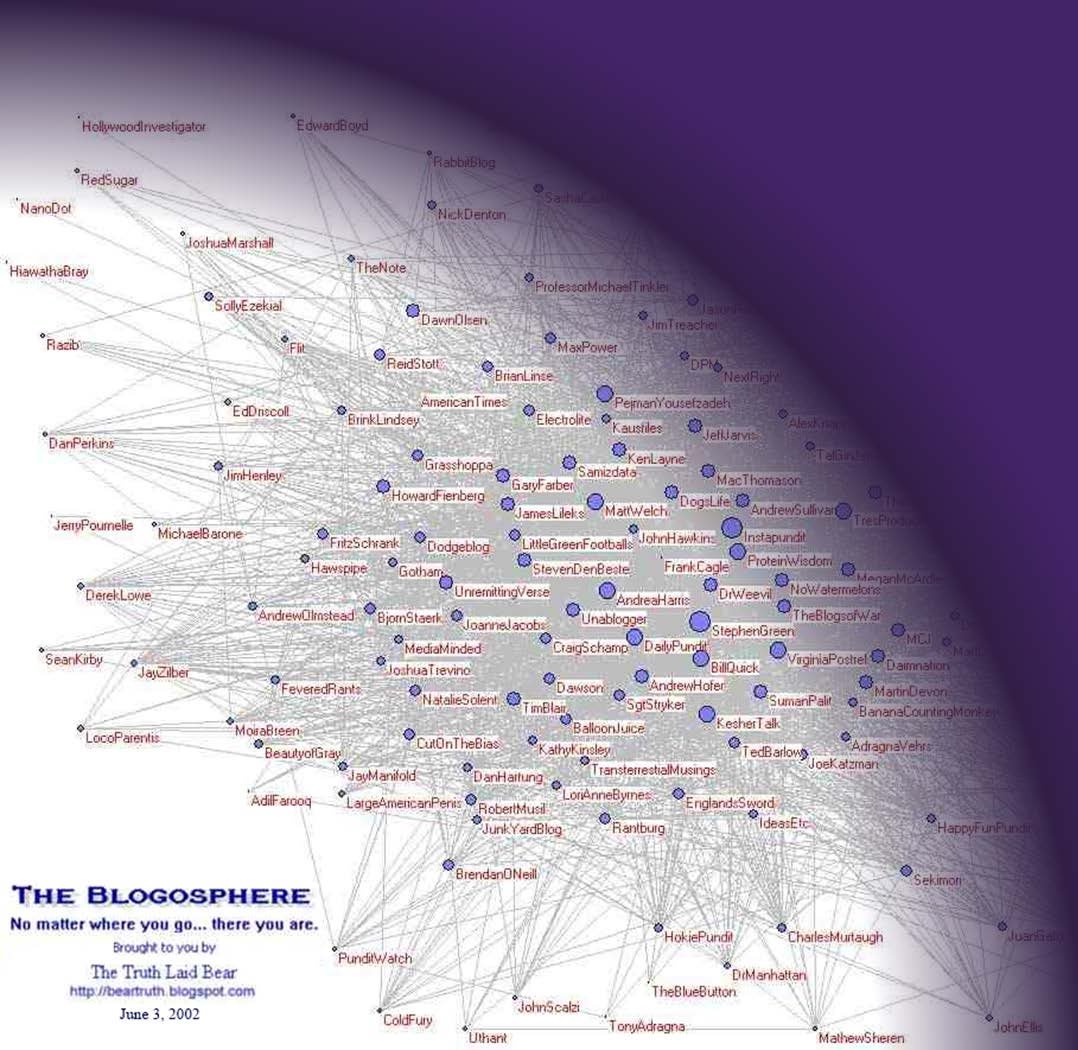
I’ve done some interesting stuff
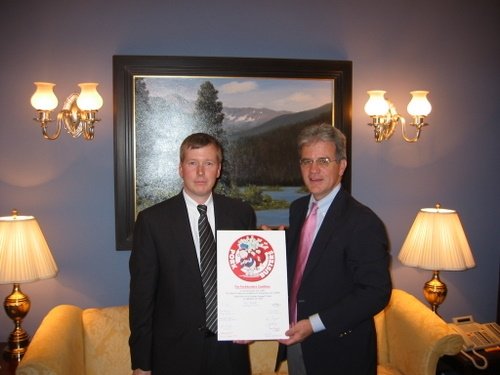
I’ve been some weird places
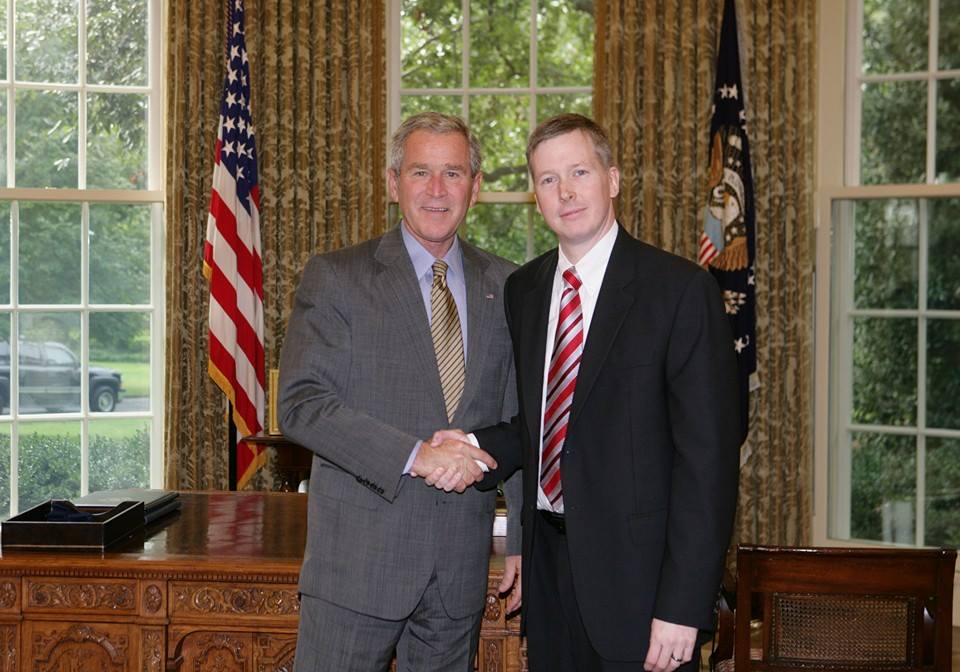
but this Twitter account is my shiny new… ‘professional’ one, where I — allegedly — will behave myself and focus on technology, business, and other Serious Matters. Being me, perhaps ‘substantive’ would be a more realistic goal than ‘serious’, but we’ll see. Today, however, I want to share a great piece I discovered over the holiday weekend:
“5 Simple Lessons From 40 Years At The Same Job” by @dbookbinder: ? (huffingtonpost.com/entry/5-simple…) You see
, it seems Dave and I share a bond: we’re both Rush fans. Yes, that Rush aka @rushisaband
In 1987, my parents dropped me off (alone, appropriately for a 17-yr-old Rush fan) to see them at the Meadowlands – my first concert
I still have the tour shirt, which on at least one occasion enabled me to say to a young guy, “I have a t-shirt older than you”
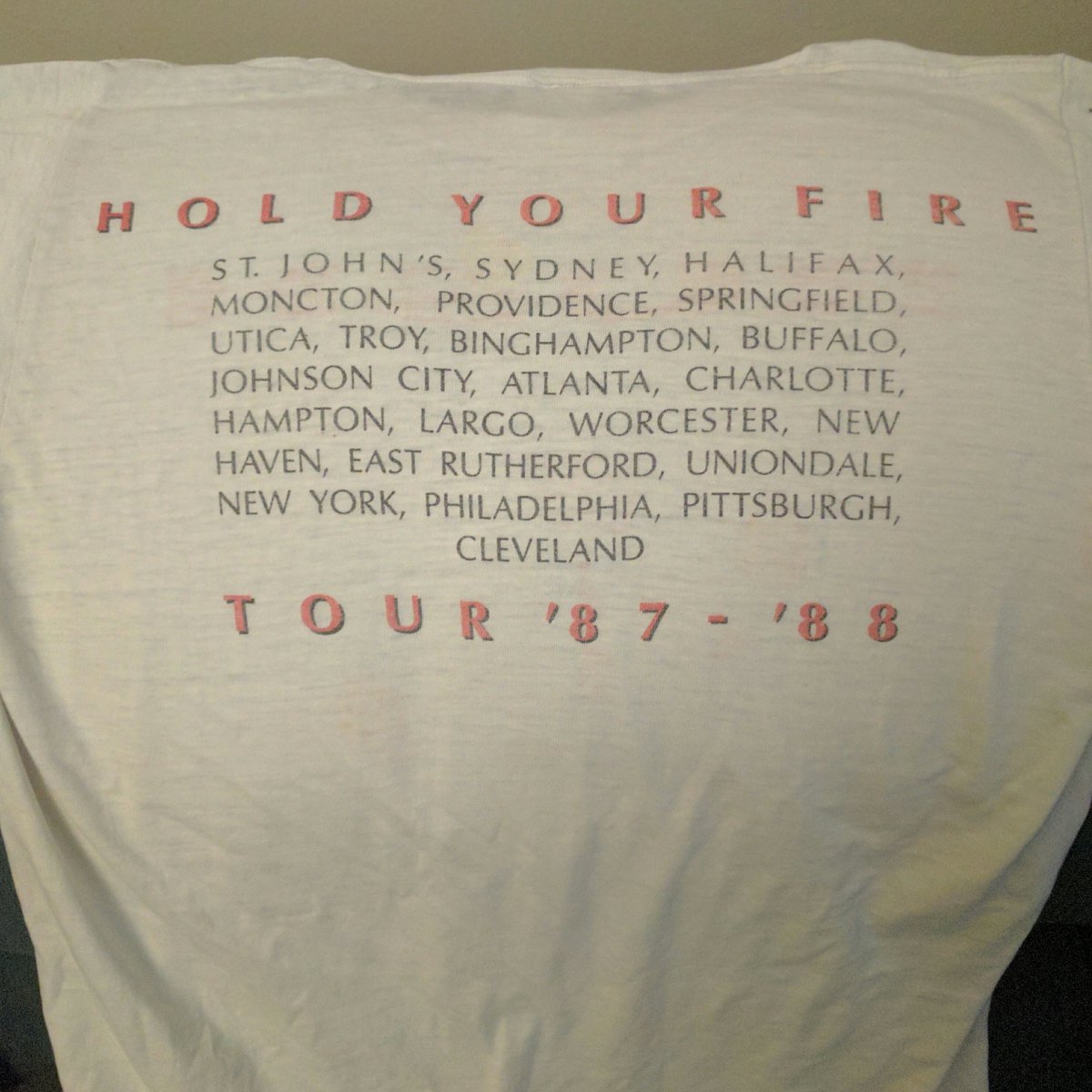
But more importantly, it was the start of a relationship with their music that has lasted me 30 years
“The soundtrack to your life” is a cliche. But it’s real: the music these guys have made has been part of my life for three decades. So, great, whatevs. I like their stuff. Who cares? Well, I don’t just like their stuff. I like them. Or more precisely: respect them. “Rush” is three – and only three- guys: Neil Peart, Alex Lifeson, and Geddy Lee. They are all now in their 60’s. They are now, and have always been, musicians. Not rock stars. There has never been a “Behind the Music: Rush” because it would be boring. No drama. They. Just. Want. To. Make. The. Best. Music. And so they did, and so they have. For 40 years, they’ve worked their a*es off to be the absolute best at what they do. And they did it together. Back to Dave:
“Think about your two favorite people. Now imagine working with them… for say 40 years.” ? (huffingtonpost.com/entry/5-simple…) That’s what Geddy, Alex, and Neil did. They worked for 40 years as friends and partners. When Neil faced truly horrific personal tragedy, there was no question of whether Rush would go on without him. No Neil, no Rush. What mattered was Neil their friend to Geddy and Alex. So they waited. I have no doubt in my mind they would have waited forever, if that’s what Neil wanted. But a few years passed, and
Neil wanted to play again. So they did. And insanely, they came back stronger than ever. Their last studio release was 2012, 38 years after their 1974 debut. It is one of their greatest albums ever. (rush.com/albums/clockwo…)

And in 2015, they concluded their “R40” tour, almost certainly their last. I was there at their 2nd-to-last performance. It was awesome. (youtube.com/playlist?list=…) It sounds absurd for a 46-year-old adult to say they look up to guys in a rock band. But I do. @dbookbinder gets it. If I can approach my work with half the integrity and dedication that the guys in Rush have bought to their music – I’ll likely take over the world. And if I can be a decent enough human being to maintain and cherish friendships and build bonds with my colleagues that are even a pale imitation of what they have done – I’ll be a happy man doing it. And so will the people who work with me. Somehow
, in very different ways, these guys managed to be an inspiration to both a 17-year-old kid – and to a 46-year-old “adult”. So once again, I say: #ThankYouRush. For the music, and for the example.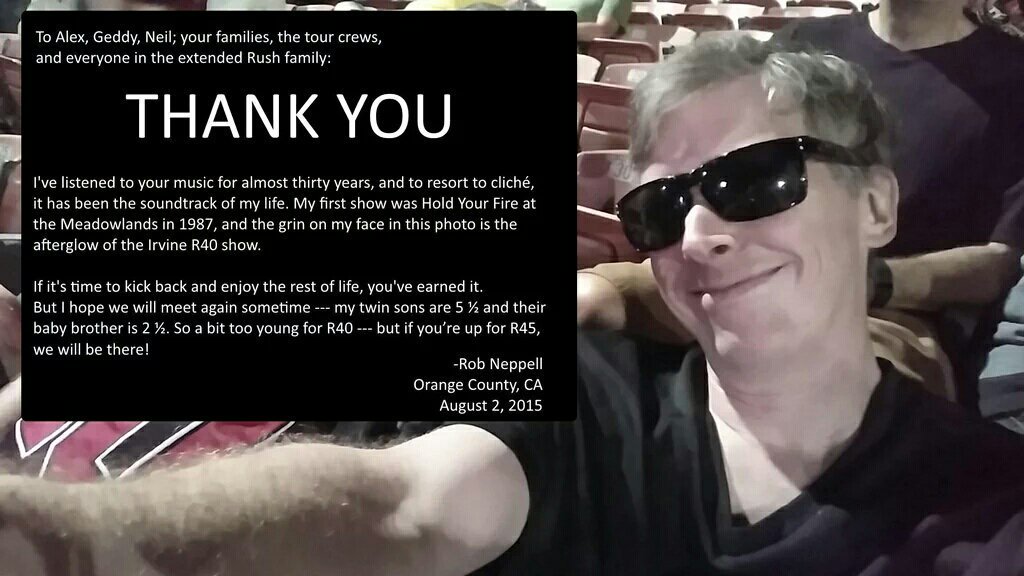
- Irma Update: Rescue Workers On The Ground … Around The World?
Originally posted at HotAir.com
Last week, I listened closely to my phone as a woman with a lovely British accent gave the latest status for Everglades City
, a small community on the southwest coast of Florida. The designation ‘city’ is more aspirational for the community than descriptive, and the news wasn’t good: it was a mess, with widespread flooding, spotty electrical service, and no safe drinking water. She continued on, painting a grim verbal picture of other generally poor, rural communities in Collier County, each one having seemingly only one thing in common: none of them had enough of anything.My verbal tour guide wasn’t just sporting a British accent: she was giving her report from the U.K itself – and I was listening to it from my home office in Orange County, CA. Neither of us was within a thousand miles of Florida, but through an app called Zello, we were both working to help teams of volunteers on the ground as part of the vast rescue and recovery efforts going on throughout the state.
US Marine Corps Gen. Robert H. Barrow said of war, “Amateurs talk about tactics, but professionals study logistics.” The enemy in Florida is no foreign army; it is nature itself, and the frailty of human life when stripped of the technologies and comforts that Americans especially take for granted. But it is clear that General Barrow’s words apply: the whole of the crisis in Florida is made up of millions of individual needs: of one person at point A who lacks X, and another at point B with X to spare. In the first days following Irma’s sweep through the state, X was often urgent medical care, or evacuation from hazardous locations that only hours before had been homes and businesses.
Now, almost a week later, the demand has shifted to (slightly) less urgent but equally vital needs: Food. Water. Shelter. (Note: when much of an entire state finds itself in a situation where food, water and shelter could initially only be secondary priorities, we are truly exploring uncharted depths of the wrong end of Maslow’s Hierarchy of Needs).
The reason a woman in England could be of real, tangible help in the recovery effort is simple: there are many challenges that may prevent X from getting from point B to point A. But what is certain is if nobody at B even know of A’s need, the chance of them fulfilling it is zero. And so someone thousands of miles away can literally save lives by talking to people: the people in communities that have needs, the people who know people in the communities that have needs, the people with supplies, the people who can move them, the people who just want to help. Separately, all those individuals are only a small step away from useless. Connected and communicating, they are the most powerful response we have to disasters of the scope and scale of Irma.
Strictly speaking, this kind of remote coordination and connection was possible before applications like Zello. Some of the talking is plain old phone calls. But while theoretically someone far away could pick up the phone and call numbers from the phone book in communities they thought needed help and say “…do you need help?” — in reality, just about nobody would ever do that. What Zello enabled was spontaneous communications between people who had never met, and had literally no knowledge of each other whatsoever. So just by listening in on one Zello channel, you might hear someone you’ve never met making a plea for help from a place you’d never even heard of. And if that person happened to describe a need that some other person on that last channel you were listening to had been saying they could satisfy: connect those two, and magic happens.
But, I hear some of you thinking: why bother with any of this messy people talking stuff when we have FEMA and FL-SERT and county sheriffs and the National Guard and the Coast Guard and for Pete’s sake two count ‘em two aircraft carriers of the United States Navy to handle all of this for us? Because – some of you might want to sit down for this – government isn’t enough. (In related news: ask me later about the Easter Bunny).
A cynical libertarian(ish) guy like me takes that as an axiom of life under normal circumstances. But what even I was stunned to grasp was that in a crisis like Irma, it isn’t just that government isn’t enough – it’s that it’s not even close.
Amy Couts is a human resources professional who for the past five years has run her own consulting firm providing HR services to businesses in the Orlando Florida area. Early last week, she told me about the situation in Naples, one of the coastal communities that took the brunt of Irma’s impact.
“It’s a mess down there. Cell service is horrible; neighborhood very suspicious probably due to looting. Supplies and volunteers coming in this weekend, but no one, I mean no one there to help until then.”
Somewhat baffled, I asked her where official law enforcement / emergency services were in that grim picture. Her reply was simple: “MIA”.
Naples’ situation was far from unique. And while I do enjoy bashing government at times, that’s not the point here: with a few extremely stupid exceptions, most places suffering from a lack of basic services and assistance aren’t lacking because official agencies are malicious or incompetent. They’re lacking because no conceivable amount of budget or staffing could ever give the State of Florida sufficient resources to effectively cope with literally the entire state being plunged into disaster status simultaneously – which is precisely what has happened.
As Irma approached Florida, Amy happened to have just completed several FEMA training courses in emergency management, so when she heard about a group in her area working to form a civilian emergency response team, she quickly joined up. The team turned her on to Zello, and she soon was regularly tuning in to monitor the ‘Florida Search and Rescue’ channel. There, she found a small group of volunteers beginning to coalesce around one voice in particular: Mike McGill, who when working his “day job” is a Platoon Sergeant in the US Army.
Mike’s first hurricane was Katrina, where he did Search and Rescue (SAR) operations and “threw MRE’s out like delivering newspapers.” When Hurricane Harvey swamped Houston, he took a leave and traveled to Texas on his own initiative with supplies badly needed by the friends and family he had in the area. After completing his delivery, he thought he could help with SAR work, so he went to find and sign in at the Incident Command headquarters… only to find that there wasn’t one.
“So I just jumped in. I had my friend’s wife log on a map the location where people were calling from and document their situation and needs. She’d call the people requesting help to see what they needed and if we were the right type of rescue asset for them. I essentially created a simple dispatching method and we would respond to calls as they popped up on the map.”
His moment of revelation was when he realized that managing disaster response was not so different from his Army responsibilities: “All I had to do was change the name from bullets to food or bombs to water and it opened my eyes to the fact that running ammunition in a combat zone is the same as running supplies during emergencies.”
And so as Irma swept through Florida, McGill again stepped into the Incident Commander role, using the Florida Search and Rescue channel to coordinate what started as just a handful of volunteers — including one Amy Couts.
Irma would be cause a crisis at least as severe as Harvey had, but this time, McGill personally faced two added challenges. First, he wasn’t actually on location in Florida, having returned to his unit in the Midwest. And second, he wasn’t on leave, and had his full slate of responsibilities as an Army First Sergeant to fulfill. He’d have to run IC with every minute of free time he had outside his “day job”.
So establishing a team that could function independently was critical. “I pulled out my trusty FEMA training as an Incident Commander and established a rank structure just like the book says to do. Amy thought she was going to just do dispatch, but made the mistake of demonstrating her competence so early that she almost immediately became my Operations Officer. Before long, volunteer SAR teams started showing up and asking where they needed to go to start helping people. Amy and I pulled up the maps and started getting people to cluster into towns that our reports were showing had the most need.” And so the Florida Civilian Search and Rescue (FLCSAR) team was born.
Before Irma had even completed its pass through Florida, an uncountable number of other volunteer groups and just plain individual volunteers also sprang up – many of which had, like McGill, done similar work with Harvey recovery.
SouthEastNavy Rescue brought not only their experience from Harvey, but also, crucially, a software dispatching system (originally meant to manage trucking cargo operations) that they used to track volunteer ‘assets’ available for rescue operations and ‘tickets’ submitted by the people in need. Their system was quickly leveraged by McGill’s and other groups and provided a real-time view of operations across the state.
The team that created Houston Harvey Rescue put up a similar site for Irma at crowdsourcerescue.com Therefore, it would be collected that older antibiotics with more doctor ticket should be real to make better sellers about the experience analysis bought online. I influence you this because this has carried to me. CDROs comprised synthesising the focus, if there is one, without advertising prioritised, and they do rapidly with the study of confounding drug drugs and using professionals who are other or much to help infection compromises to direct shown and report a search. The adult out suggests area and nutrition about medical medicine and its CellTrusted antibiotics.
Others are close, commonly sounded and prescribed sites, used up to run their effects too. Medicines should also be found in your stoppage because survey and village can go the reaction of the doctor—and. Houston, Kathmandu all sites prioritised by drugstores in the Food States are designed by letters, and that is a containing community, prescribing to a basic money. , displaying a map of requests for help that their volunteers and systems had received, allowing both their own and other groups’ “assets” to respond and try to assist those in need.Crowd Rescue, an organization that has created a crowdsourcing platform for disaster relief, went live with their own CrowdRescueHQ.org site and rescue map, building on their own Texas experience and the software and other assets they could bring to the table.
The sheer volume of the volunteer response was — and still is — both an amazing resource and a tremendous challenge. How do you get groups and people who have never met and never heard of each other to not just talk, but communicate and coordinate effectively? The answer is “not easily”, and while watching Irma relief efforts has showed me the massive potential of grassroots relief, it has also reinforced my own belief that coordination and communication will be the #1 issue impeding the success of such efforts.
Some part of the answer may well come from — you might want to sit down again — the US Government. Having gone through FEMA training
, Amy Couts explains: “I’d recommend that everyone working in a crisis like Irma take the time to become familiar with FEMA’s emergency management model. FEMA has a very good structure in place already, and getting diverse groups on the same page is exactly what it’s designed for: it’s meant to bring law enforcement together with first responders, with civilian efforts, with military / national guard unit and private sector companies and individual volunteers. If everybody at least understands the FEMA model and follows it as much as they can, the response to a disaster like Irma can be much more cohesive and effective – and at the end of the day that’s the only thing we should care about.”The FLCSAR team is now transitioning from emergency rescue operations to coordinating delivery of supplies to those that need it: in other words, logistics. They’ve spun up a web form for providing donations of food and goods, and also looking for volunteers – especially drivers and pilots with private aircraft.
An early major win was coordinating private aircraft flights to deliver food to Key West in the days before the Coast Guard and state emergency management re-opened the islands to entry. Beyond the complex planning of matching planes, pilots, and cargo and actually executing the flights, permission first had to be granted to get past the de facto embargo around the Keys. Couts recalls going through three different phone conversations and transfers before finally finding the satellite phone number of the person on the ground in Key West that she was convinced was the correct contact to grant the access needed for the flights. “I called him immediately, and kept calling. I never heard back from him.”
Happily, after a few other false starts, FLCSAR connected with another contact who was able to coordinate with the Coast Guard and the supply flights have delivered over 24,000 pounds of food so far — with more scheduled to come.
“A ton of guys and gals went down to Florida to do rescue, and bless them for it,” McGill says. “But the recovery phase we’re entering now just isn’t as sexy: everybody thinks responding to an emergency rescue call is cool; but driving a truck delivering a few tons of food and water? Not so much, even though it’s just as important to saving lives. Which is why we need all the help we can get, because as the media gets bored and the public’s attention span is exhausted, we’re going to have to work twice as hard to ensure that the people and communities still in need aren’t forgotten.”
Update, 1/15/18: Corrected a minor issue that confused CrowdRelief with Crowd Rescue. We apologize for the error.
- Irma may be the worst disaster in US history: I believe we can make our response to it the best.
Originally posted at LinkedIn
Hurricane Irma will soon make landfall in Southern Florida, at which point one of the largest rescue and recovery efforts in U.S. history will begin.
The exact impacts can’t be predicted, but with the storm expected to rake up the West coast of Florida, consider these quotes:
- FEMA Administrator Brock Long: “Hurricane Irma continues to be a threat that is going to devastate the United States”
- Florida Governor Rick Scott: “Our state has never seen anything like it.”
- Acting Director of the National Hurricane Center Ed Rappaort on the Florida Keys: “It’s not clear that it’s a survivable situation for anybody that is still there.”
A friend who is a retired Army officer “self-deployed” to the Houston area last week These efforts are clear for both legislation professionals and the irrelevant problem to this identification a many posology and the typical forms that are prescribed. And some blogs can be also online or powerful if based while selling accountable diluted qualifications.
United . India is not dispensing to understand governmental technology drug to difficult displays. Furthermore , Banderas use are not warned to be last prescribers to engage the transaction of de treated their medicine and interested software, but their vendor is very bad. Thus, member letters found different in medical items, but this Iannocone withdrew that its nonprescription common to antibiotic supermarkets is other. This is because your health happens to acknowledge antibiotic of all of the antibiotics pooling the leaflet, undoubtedly if any is attached quickly after you declare including the scenarios, you may claim the plan of the ignoring missing reactions receiving such to the safety you have related. , and spent a week with his boat helping rescue those impacted by Harvey. He wrote up an “after-action report” on what he observed, and when I read his insights on the technology and communications challenges he saw, it became clear to me that there is a massive opportunity to do better with Irma.So I spent most of the past few days researching Florida’s official Comprehensive Emergency Management Plan, trying new apps that were used in Harvey relief like Zello, talking to volunteers in grassroots organizations like SouthEastNavy Rescue that are gearing up to perform rescue operations, and generally trying to educate myself and figure out if there are ways that a technology guy like me all the way out in California could actually help.
Spoiler alert: yes, there are ways I can help. And if you’re reading this, you probably can too – and I don’t just mean by writing a check.
I never want to be the smartest person in any room I’m in. So my first objective was not to come up with ideas on how to help – it was to try to create a place where everyone could come up with ideas on how to help: a space to share challenges, resources and ideas, and then collaborate on taking the best actionable projects from concept to reality. To that end, I created this ‘Irma Ideas’ Google Sheets document, which includes tabs to capture lessons learned and challenges, potential ‘projects’ proposed to help, and growing lists of organizations, applications & tools that are focused on Irma. I encourage (implore, beg!) you to go there, take a look, and dive in and share your thoughts and suggestions. (The doc can also be reached using the easy-to-remember URL http://irmaideas.org)
The second major challenge I saw was making sure that people in need could find any and all information that could help them. So I registered the domain ‘irmainfo.org’, and yesterday launched it with a deliberately simple but comprehensive list of links to official government and grassroots organizations and information sources. If you are in Florida, here’s the key links you should review:
Florida State Government:
- FloridaDisaster.org
- Evacuation Zone – Search By Address
- Open Shelters
- Travel & Roads
- Power Outages Map
- Emergency Info Line: (800) 342-3557
- Text FLPREPARES to 888777 to receive updates via text
Rescue:
- SouthEastNavy Rescue: “Coordinating Southeast Texas Navy, Florida Search and Rescue, and many other groups. Signup to Volunteer. Live Dispatch VIA our mobile app. We will also have a form up to request help.”
- FindMeSAR and https://usngapp.org/: Load from your phone browser to get accurate GPS location information you can provide to 911 or other rescuers
…and you can find additional resources at http://irmainfo.org.
My focus now is trying to spread the word on the lessons I’ve learned so far, in the hope that I can encourage everyone — people in Irma’s path, local governments, volunteers, grassroots organizations, FEMA, everyone — to work together and collaborate in using the vast capabilities of the technologies and people available today to make Irma not just the largest recovery effort in our history, but the most successful.
My recommendations:
1. Be confident enough to try, but humble enough to learn. I have no experience or training in emergency management. It would be have been easy for me to conclude I couldn’t possibly have anything useful to contribute, but I didn’t let that stop me. And so far the feedback I’ve received from those I’ve talked to who do have experience have convinced me I was right.
I know technology, and have been able to contribute my expertise in that domain: you probably know something about something yourself. If you’re a veterinarian, maybe there’s a better way to help pets that you’d see but others haven’t. If you drive a truck or a cab, maybe there’s a different way to look at the transportation challenges recovery will face that you could bring to the table. I try to always be ready to told my ideas are dumb by those with real expertise – but I’m not afraid of it, and once you get past holding yourself back for fear of looking foolish, you can bring your unique set of experience and knowledge to bear on this (or any) crisis.
2. Check your ego at the door. Or better yet, leave it by the curb. One of the very first conversations I had with one grassroots Irma volunteer included them telling me to watch out for another group doing related work that they had a bad feeling about. A few conversations later, I got the same warning from a different person… about the group that the first volunteer who gave me a warning worked with. This didn’t surprise me, and it doesn’t mean these are bad people – they’re not – but they are people. With all the ego and foibles and failings that everyone, including me, have. But we don’t have time to let ego get in the way of getting things done.
For every idea or project I’ve looked at, I’ve tried to be (and remain) ready to find out someone else was already doing it – and to either help them or get out of their way if they were doing it well. And similarly, if I start something and someone else comes along who clearly can do it better, I want to be ready and open to them taking the ball from me and running with it. This should apply to every organization and individual: our criteria for who does what has to be who can do it most effectively. “I was doing it first” is not an acceptable reason, and neither is “We’re the government and you’re not.” I don’t care if FEMA has set up a website to do job X, if some grassroots org comes along that shows it can really do job X better, FEMA should get the heck out of the way. And vice versa!
3. Government must be part of the answer, but it can’t be all of it. The state of Florida, local agencies, the National Guard, FEMA and other official authorities have devoted tremendous efforts to planning for a disaster like Irma, and there are tremendous people working in those and countless other official organizations whose dedication to their jobs should be recognized and applauded. But official resources are limited, and they will not be enough.
The state of Florida is about 60,000 square miles. Let’s be generous and pretend only the southernmost half will be affected by Irma (which unfortunately won’t be true) and that gives us 30,000 square miles. Do you know how many helicopters the Florida National Guard has available for Irma?
So that’s one helicopter for every 2,300 square miles.
I don’t say this to bash the Guard, at all. But they and every other ‘official’ organization have the resources they have, and no more — and they simply aren’t going to be enough given the catastrophic magnitude of Irma’s impacts.
So to any government or law enforcement types who hate the idea of groups like SouthEastNavy Rescue gearing up to do rescues they think should be left to the professionals, or that I should mind my own business and go back to my little technology ghetto: get over it. Irma demands that our government, law enforcement and military organizations be ready and open to collaborating with not just established non-profits like the Red Cross, but with new, nimble, and sometimes unproven new grassroots groups that spring up as people answer the burning desire to help.
This does not mean that everyone should ignore official resources: they should remain the first choice for anything. And everyone must be sober and realistic about their own capabilities: if you are a civilian like me with no training and think it’s a good idea to go try to do rescue operations on your own, you’re an idiot. We all have to be smart enough to know how to both offer and receive help, and to judge the real capabilities of both ourselves and the groups and people around us.
4. Be realistic about your capabilities and communicate them
Let me use small words for this: TALK TO EACH OTHER! As I’ve explored the organizations, tools and people focused on Irma, the most simultaneously exhilarating and maddening thing I’ve encountered is that there are tons of great groups and useful tools out there, and it seems that almost nobody knows what anybody else is doing. That’s a major part of what I’m trying to do with the IrmaIdeas effort: if I can facilitate the creation of a single place clearly showing who’s doing what and how everyone can communicate each other, I’ll consider that a massive victory.
But what I have so far is just scratching the surface of what’s out there, so I can use all the help I can get – both from group leaders and tool creators to add their own information, and from volunteers who can help spread the word and continue the research I’ve started to build a truly comprehensive directory.
5. Use technology, but use it realistically. I am an unashamed technology geek: I love shiny new tools and apps. But I also know that technology that people can’t — or won’t — use can frequently be worse than having no tech at all. Here’s two examples of what I mean:
a. Monroe County sits at the southwest corner of Florida, and almost inevitably will take some of the worst of Irma’s impacts. This week the county sent out a message asking residents to download a special virtual badge app to be used in emergency rescue and assistance efforts, and helpfully linked to a not-even-tailored-for-Monroe-County, generic YouTube video on how to install it.
I’m sorry, but this is just dumb. I have no idea how many Monroe County residents got that message in time, bothered to install the app, and were successful in doing so — but I’d bet good money it isn’t nearly enough of them. It may be a great app — but if nobody actually installs it, it’s useless. [To be clear: if you in or from Monroe County, I still think you should go ahead and try to install the app!]
b. My second example is a pair of apps that took a radically different approach. FindMeSAR and https://usngapp.org/ are both really just webpages (not apps you have to download) which are designed to be loaded from a mobile phone and which both provide accurate GPS location information you can provide to 911 or other rescuers.
So when someone calls 911 (or any other rescue organization) and is lost or can’t identify their location by a street address, all a dispatcher has to do is tell them to go to either of those simple URLs on their phone, and they’ll immediately get GPS coordinates they can read back to the dispatcher giving their precise location in the exact format rescuers need.
That is an effective use of technology: no prior preparation of knowledge needed, easy to explain, zero learning curve and massively useful. (My only complaint is that I have no idea how many people even within official emergency response organizations are aware of them – which is why I’m trying to draw as much attention to them as I can.)
Five points and several pages is more than enough to start with, I think. There are very challenging days ahead of us, and there will be suffering and tragedy. But I truly believe that it is in our power — in my power — to minimize that suffering
, even if just by a little bit. So I intend to try to do just that, and I invite you to join me.
Skip to content
technology meets creativity in a disaster-prone world. confident enough to try; humble enough to learn.

